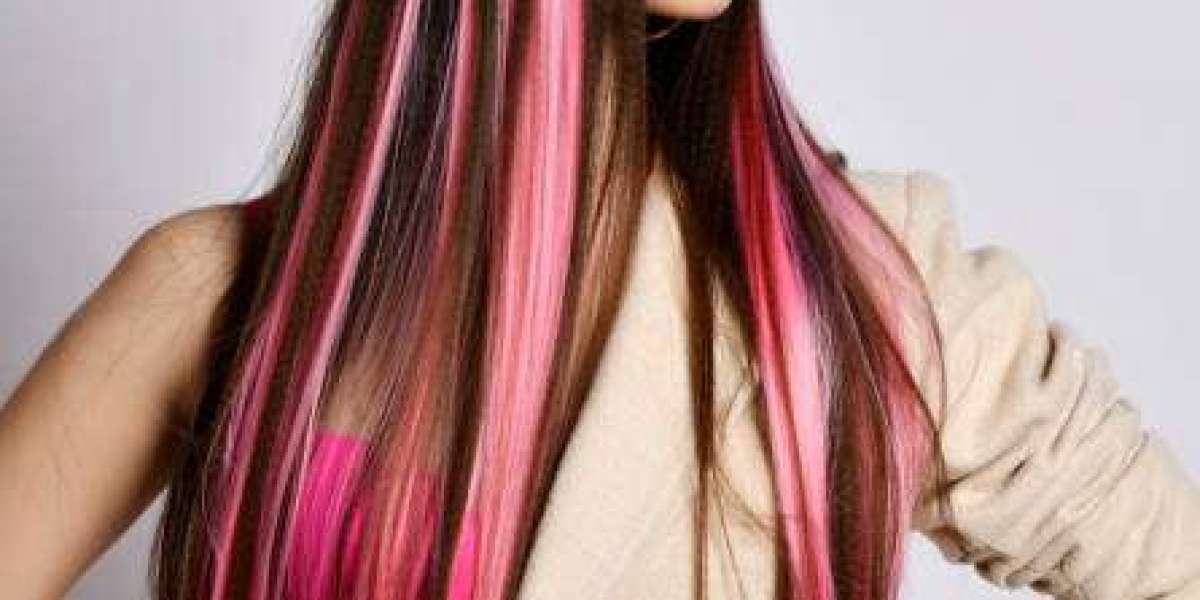Lighting design has evolved dramatically over the years, transforming from mere functional necessity to an art form that enhances ambiance, mood, and aesthetics. In this blog post, we will delve into the latest trends in modern lighting design, exploring innovative concepts and techniques that are shaping the future of illumination.

Smart Lighting Systems
One of the most significant advancements in modern lighting design is the integration of smart technology. Smart lighting systems allow users to control their lighting remotely via smartphones or voice-activated assistants. These systems offer a range of features, including dimming capabilities, color-changing options, and scheduling functions. For instance, homeowners can program their lights to gradually brighten in the morning, simulating a natural sunrise, or to change colors to match their mood or activity.
Sustainable and Energy-Efficient Lighting
As environmental concerns continue to rise, sustainable and energy-efficient lighting solutions have become a priority in modern lighting design. LED (Light Emitting Diode) technology has revolutionized the industry by offering long-lasting, energy-saving alternatives to traditional incandescent bulbs. Additionally, designers are increasingly incorporating natural light through architectural elements like skylights and large windows, reducing the need for artificial lighting during daylight hours. These eco-friendly approaches not only lower energy consumption but also create healthier living and working environments.
Minimalist and Sleek Designs
Minimalism remains a dominant trend in modern lighting design, characterized by clean lines, simple shapes, and a focus on functionality. Sleek, unobtrusive fixtures blend seamlessly with contemporary interiors, providing illumination without overwhelming the space. Pendant lights with geometric forms, recessed lighting, and slim-profile floor lamps are popular choices for achieving a minimalist aesthetic. This trend emphasizes the importance of lighting as an integral part of the overall design, rather than a standalone element.
Artistic and Statement Lighting
On the other end of the spectrum, artistic and statement lighting fixtures are gaining popularity for their ability to serve as focal points in a room. These bold designs often feature intricate details, unique materials, and unconventional shapes. Chandeliers with cascading crystals, sculptural wall sconces, and oversized pendant lights are examples of how lighting can double as art. This trend allows homeowners and designers to express their creativity and make a dramatic impact on their interiors.
Adaptive and Human-Centric Lighting
Adaptive lighting, also known as human-centric lighting, is an emerging trend that focuses on the well-being and comfort of individuals. This approach considers the natural rhythms of the human body, such as circadian cycles, and adjusts lighting accordingly. For example, cooler, blue-toned lights can be used during the day to enhance alertness and productivity, while warmer, amber-toned lights in the evening can promote relaxation and better sleep. By mimicking natural light patterns, adaptive lighting aims to improve overall health and well-being.
Conclusion
The latest trends in modern lighting design reflect a dynamic interplay between technology, sustainability, aesthetics, and human-centric principles. From smart lighting systems and energy-efficient solutions to minimalist designs and artistic fixtures, the world of lighting is continuously evolving. By staying informed about these trends, homeowners, designers, and architects can create spaces that are not only visually appealing but also functional and conducive to well-being. As we look to the future, it is clear that lighting will continue to play a pivotal role in shaping our environments and enhancing our quality of life.







